Subscribe for the latest AFCS news,
job alerts, and more
SUBSCRIBE NOW
TWO-PAGE FEDERAL RESUME MANDATE IS HERE!
All federal resumes must be no more than two (2) pages.

First Flight of the German Zeppelin, a "rigid" airship that was the first aircraft to use large metal structures.
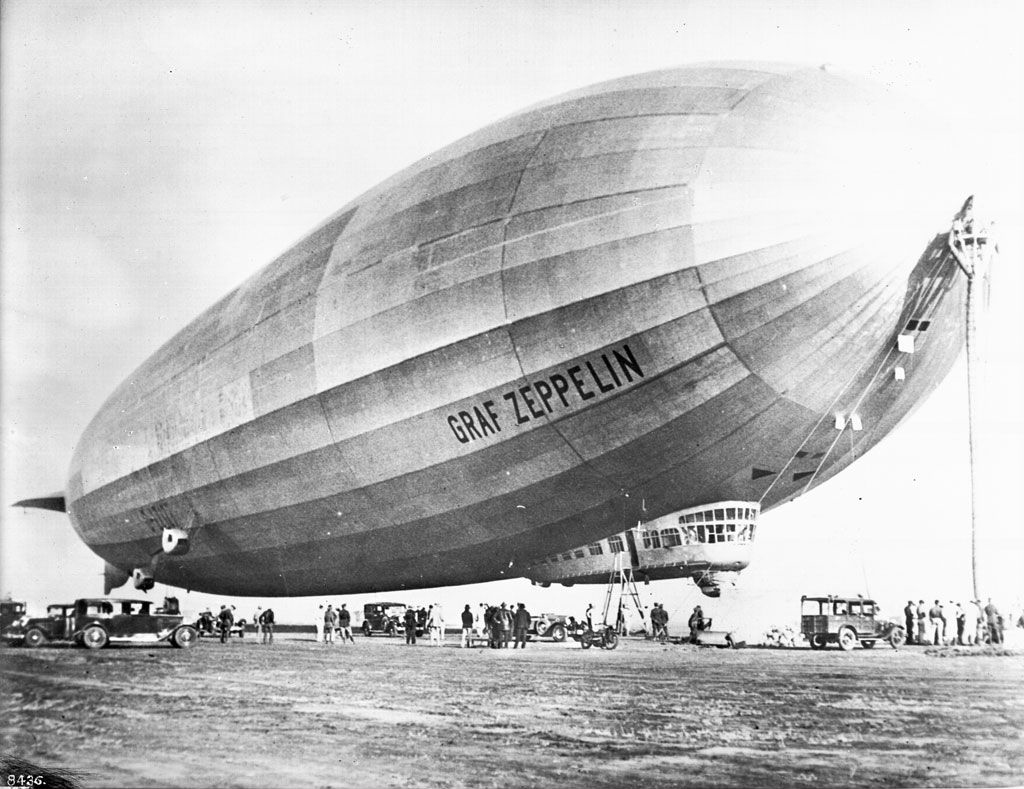


The Wright brothers make their first glider flight.


Orville Wright achieves the world's first manned, powered, sustained, and controlled flight by a heavier-than-air vehicle. The Wright Flyer first lifts into the air at 10:35 AM and flies for twelve seconds, covering a distance of 121 feet.


The first flight of the Wright Flyer III is made at Huffman Prarie, outside Dayton, Ohio. It is the Wright brothers' first fully controllable aircraft, able to turn and bank and remain aloft for up to thirty minutes.


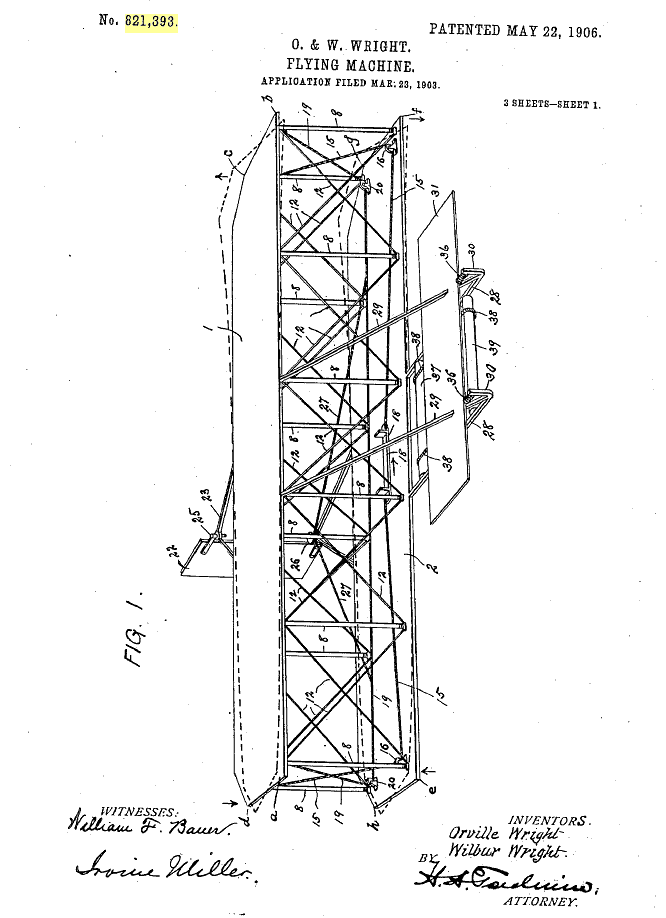 The U.S. government issues the Wright brothers the first patent on their flying machine (after turning down two earlier submissions from them).
The U.S. government issues the Wright brothers the first patent on their flying machine (after turning down two earlier submissions from them).

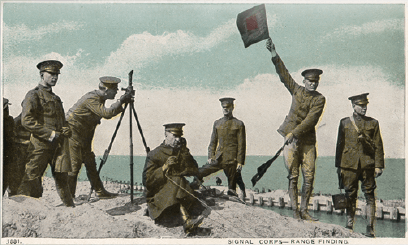 The Aeronautical Division of the U.S. Army Signal Corps - forerunner of the U.S. Air Force - is established.
The Aeronautical Division of the U.S. Army Signal Corps - forerunner of the U.S. Air Force - is established.

Lt. Thomas E. Selfridge of the U.S. Army Signal Corps becomes the first soldier to fly a heavier-than-air machine.
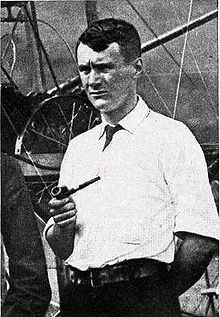

The Army accepts its first airplane, bought from the Wright brothers for $25,000, plus a $5,000 bonus because the airplane exceeds the speed requirement of 40 miles per hour.


Signal Corps Lt. Paul Beck, flying as a passenger with Louis Paulhan in a Farman biplane, drops three 2-pound sandbags in an effort to hit a target on the ground at the Los Angeles Flying Meet. This is the first bombing experiment by an Army officer.
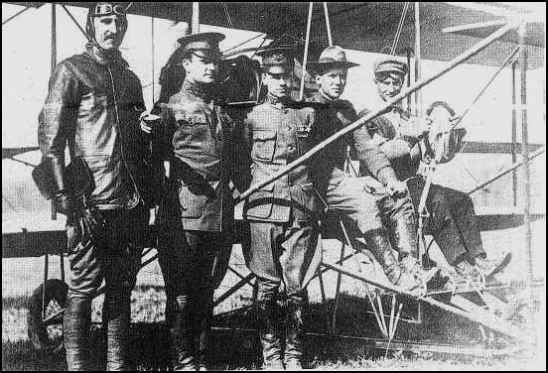

Bessica Medlar Raiche becomes the first American woman to solo an aircraft.


Cal Rodgers completes the first transcontinental flight in the Wright EX “Vin Fiz,” flying from Long Island, New York, to Pasadena, California.
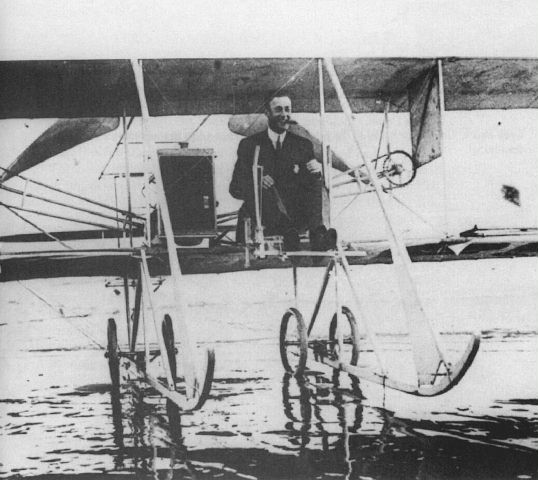

Sgt. Vernon Burge receives rating as the U.S. Army’s first enlisted pilot.
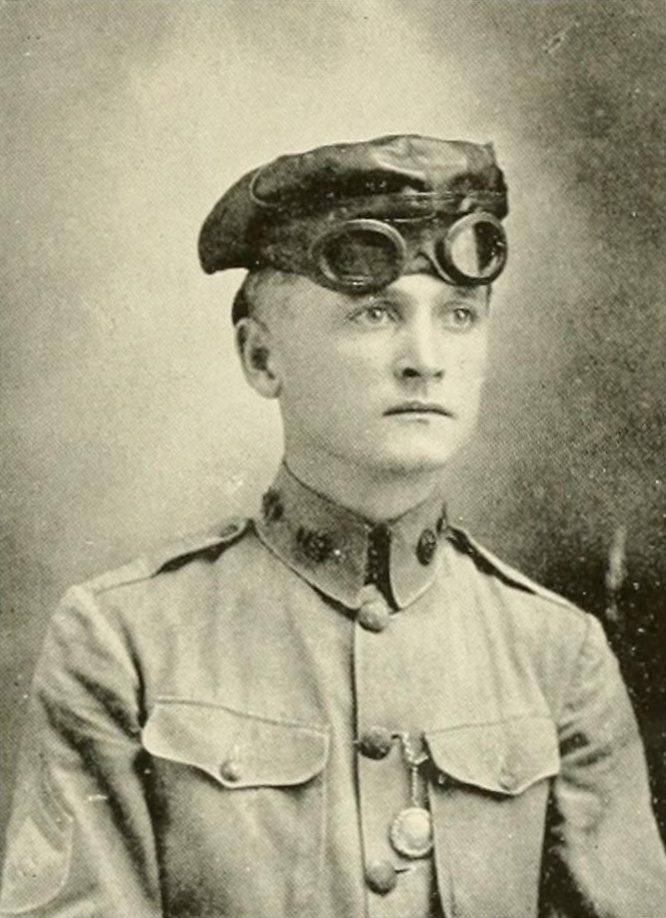

The first aerial reconnaissance flight for the 1st Aero Squadron is conducted during the Mexican Punitive Expedition.
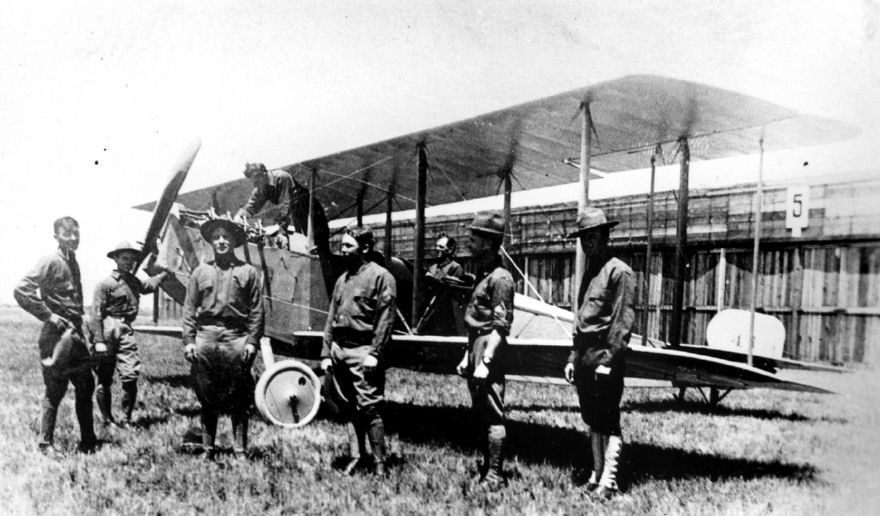

The United States enters World War I. During this month, Major William “Billy” Mitchell becomes the first American Army officer to fly over German lines.
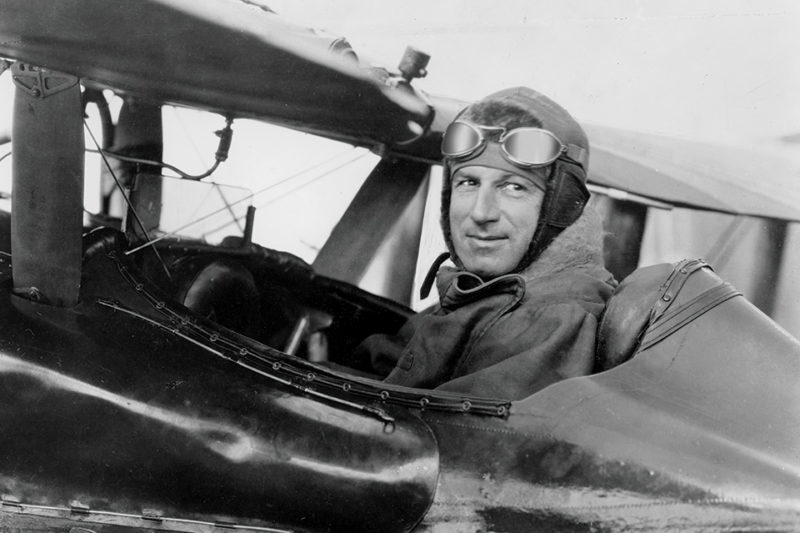

MSgt. Ralph Bottriell makes the first jump with a backpack parachute.
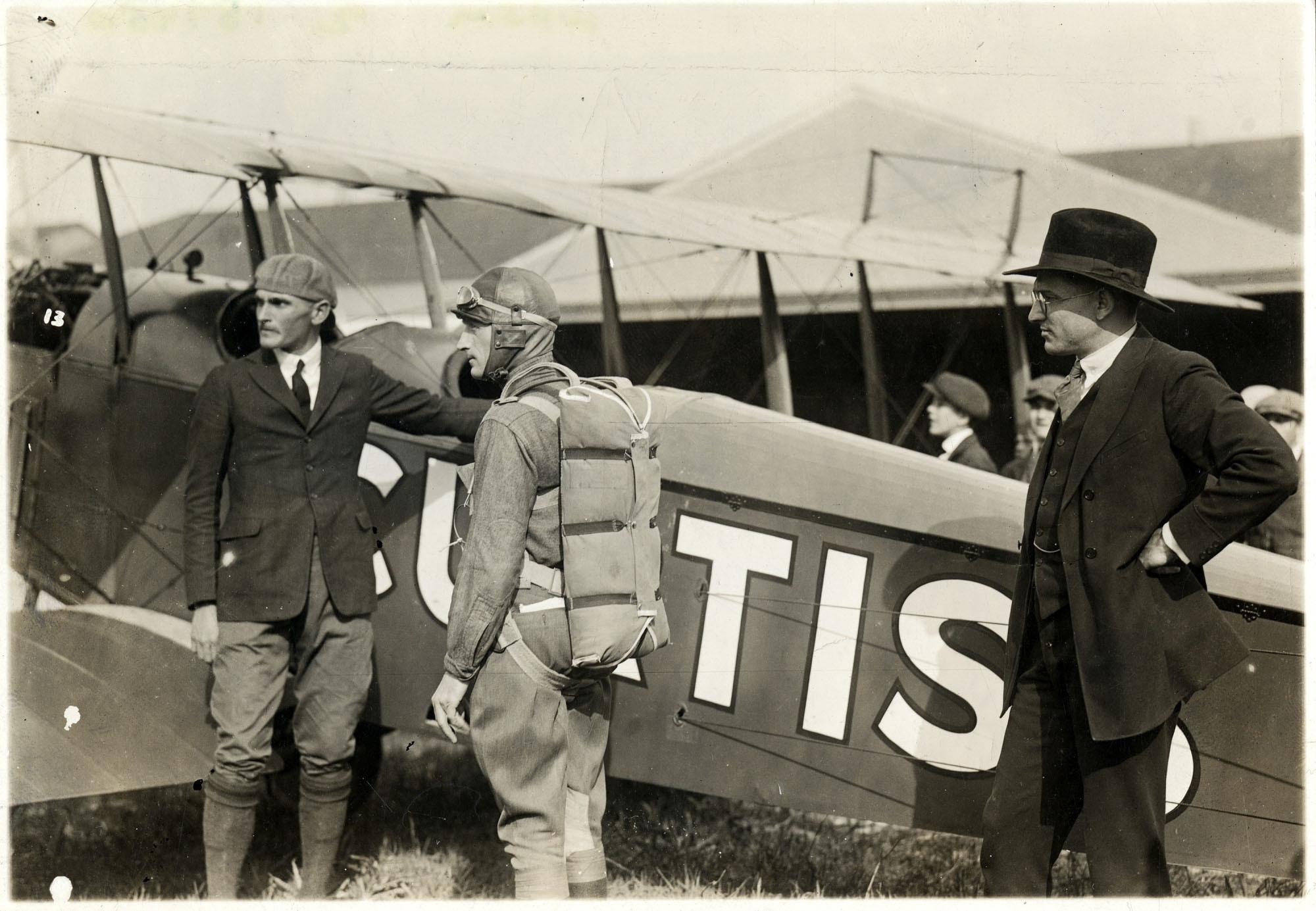

The Army reorganization bill is approved, creating an Air Service with 1,514 officers and 16,000 enlisted men.


Wesley May climbs from the wing of one aircraft to the wing of another with a 5 gallon can of gasoline strapped to his back, making the first “air-to-air” refueling.
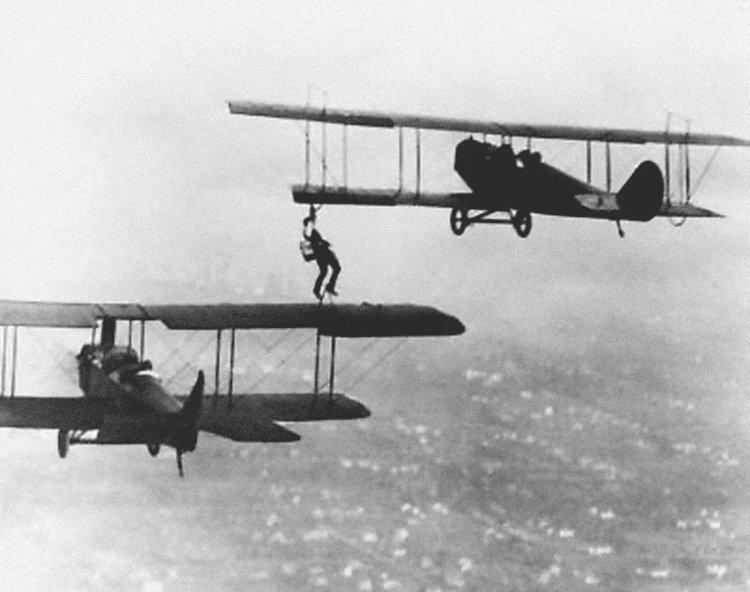

Lt. James Harold “Jimmy” Doolittle makes the first transcontinental crossing in an aircraft in a single day, traveling 2,163 miles in 21 hours and 20 minutes.
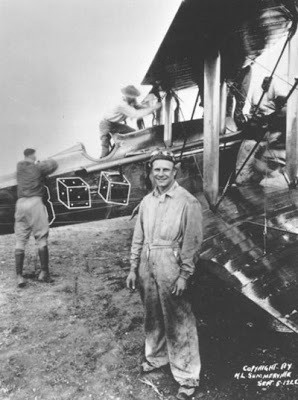

Lt. Oakley G. Kelly and Lt. John A. Macready complete the first nonstop transcontinental flight. The trip from New York to San Diego takes 26 hours, 50 minutes, 3 seconds in a Fokker T-2.


The Army Air Service completes the first aerial circumnavigation of the globe. Four crews in Douglas World Cruisers begin the voyage in Seattle, Washington, but only two of the aircraft and their crews complete the trip.
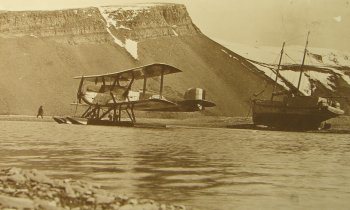

President Calvin Coolidge signs the Kelly Act, authorizing the air transport of mail under contract. This is the first major legislative step toward the creation of a U.S. airline industry.
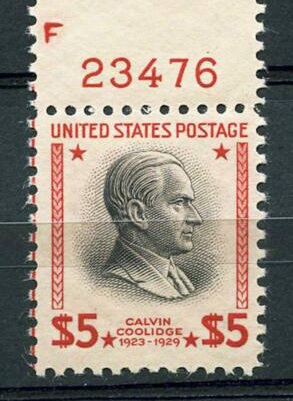

Dr. Robert H. Goddard launches the world’s first liquid-fueled rocket at Auburn, Massachusetts.
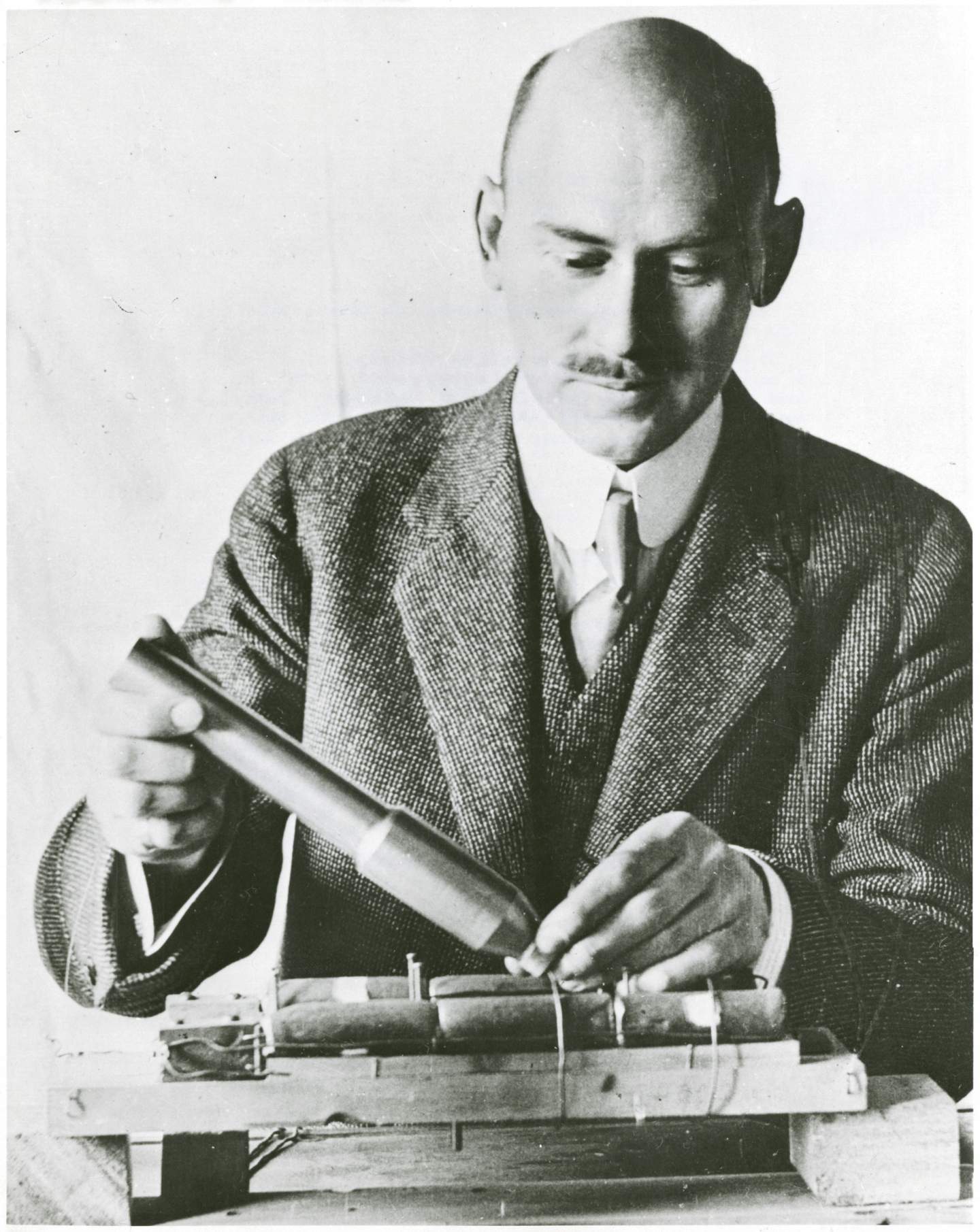

The first solo non-stop transatlantic flight is completed by Charles A. Lindbergh in the Ryan NYP monoplane Spirit of St. Louis, flying from New York to Paris in 33 hours and 32 minutes.
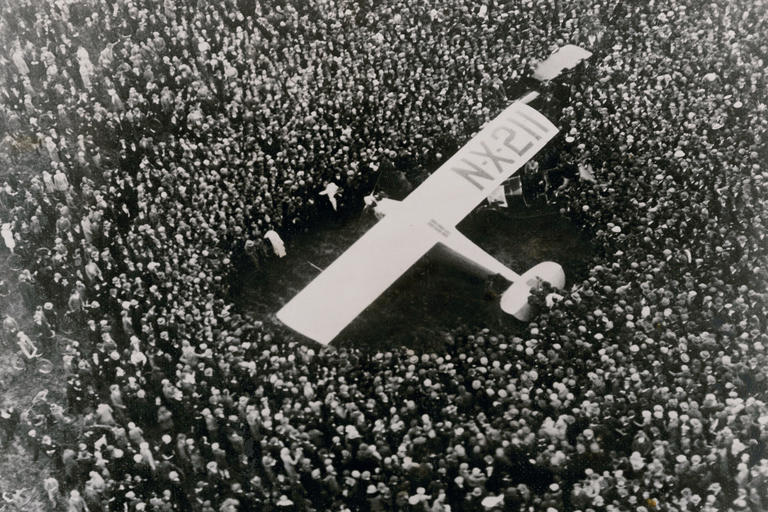

Amelia Earhart becomes the first woman to complete a nonstop transcontinental flight.
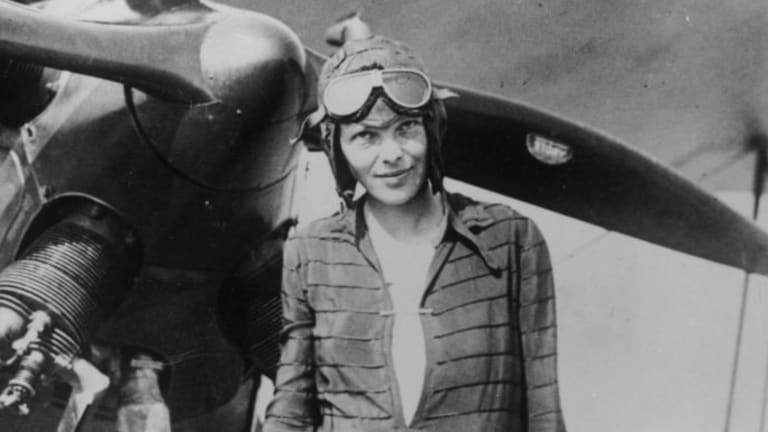

Famed aviator Wiley Post, flying the Lockheed Vega Winnie Mae, becomes the first person to fly around the world solo. The 15,596-mile trip takes 7 days, 18 hours, and 49 minutes at an average speed of 134.5 miles per hour.


The first black flying unit, the 99th Pursuit Squadron, is activated. As part of the 332nd Pursuit Squadron, it will later become known as the Tuskegee Airmen.
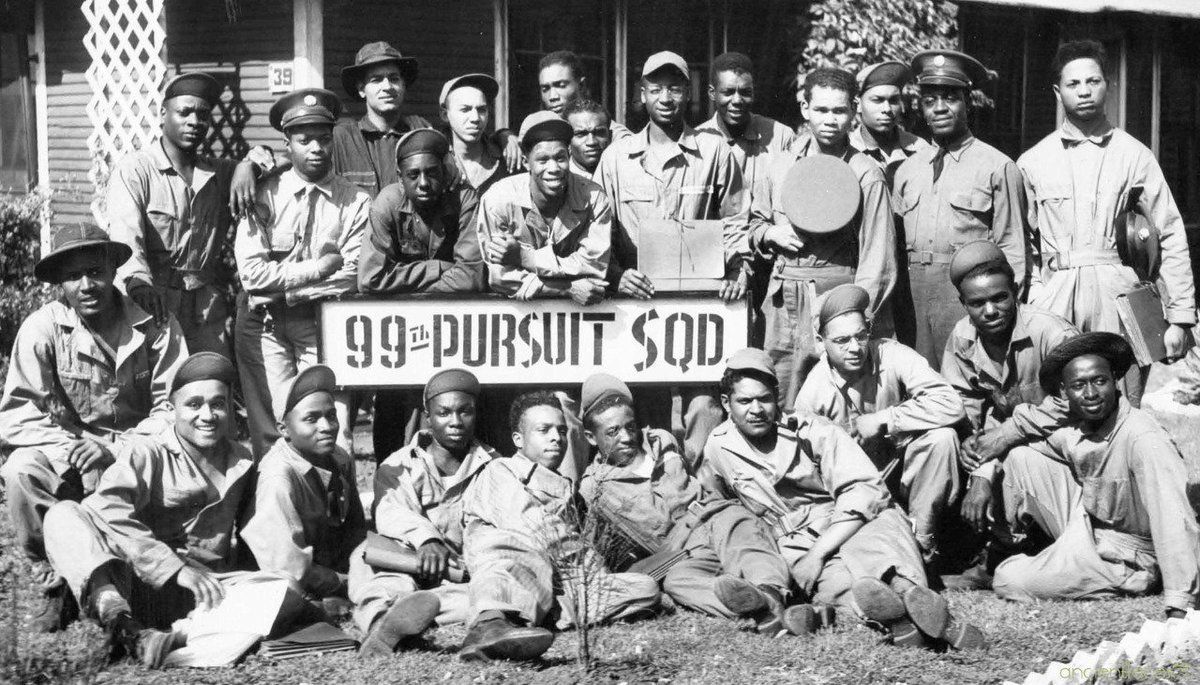

The United States Army Air Forces are formed.


The War Department is reorganized into three autonomous forces: Army Air Forces, Ground Forces, and Services of Supply.
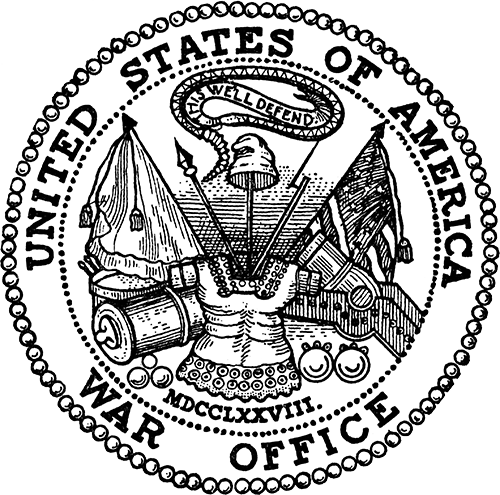

Lt. Col. Jimmy Doolittle leads the “Doolittle Raiders” in B-25s on first U.S. bomb run over Japan in World War II.
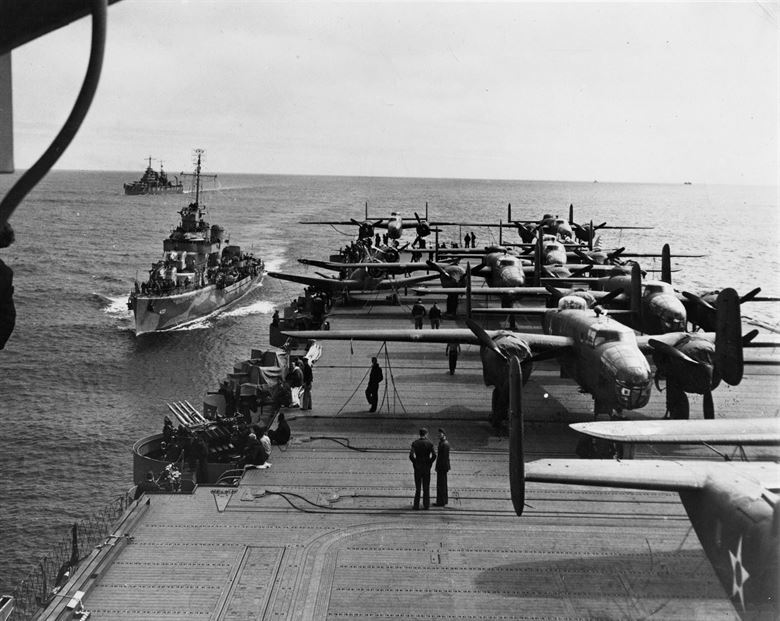

The Bell P-59 “Airacomet,” America's first jet-propelled airplane, makes its initial flight at Edwards AFB, California.
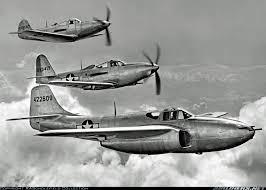

Women's Airforce Service Pilots (WASP) forms, headed by Jacqueline Cochran.
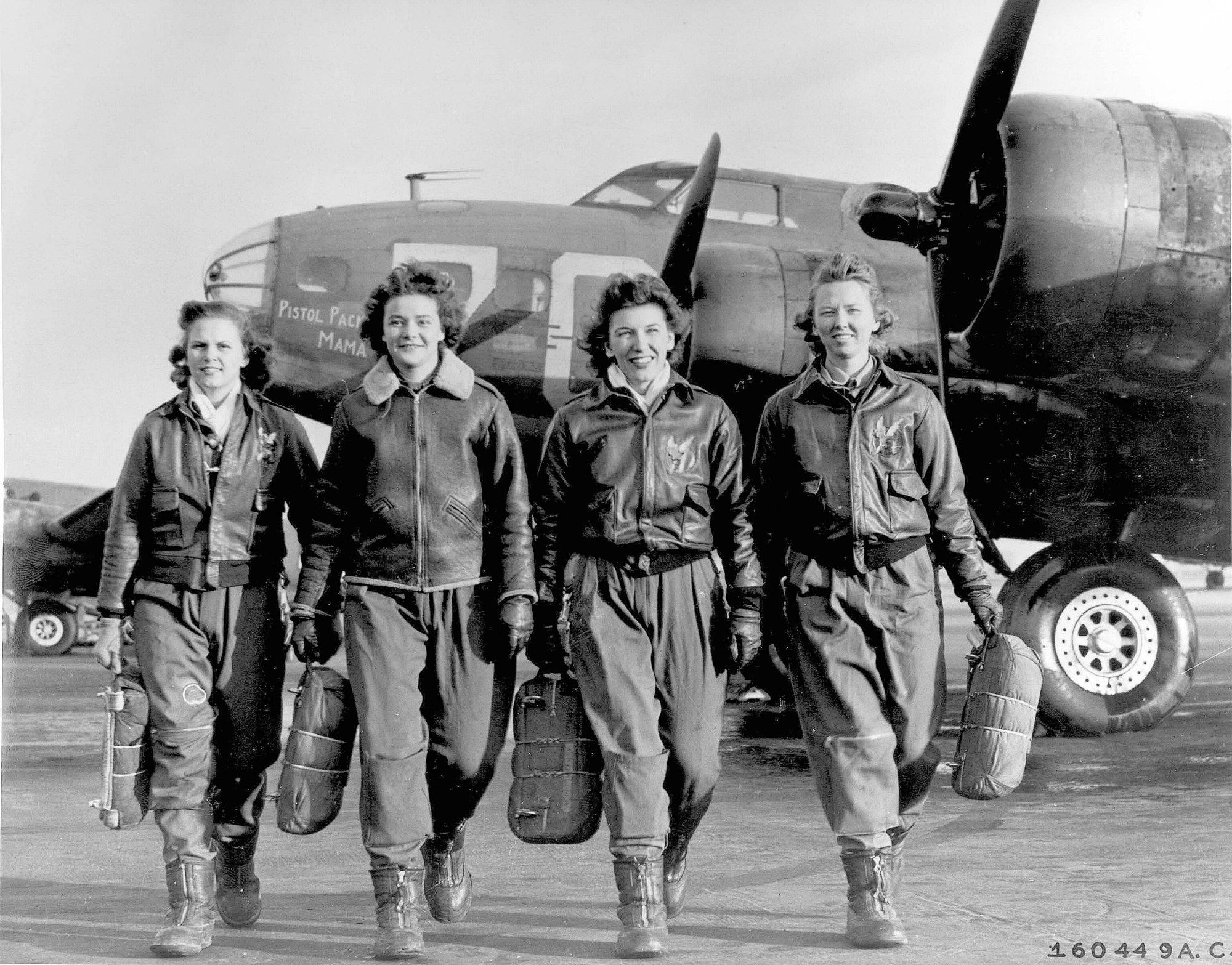

B-17s of the Eighth Air Force conduct the first daylight bombing raid on Berlin.
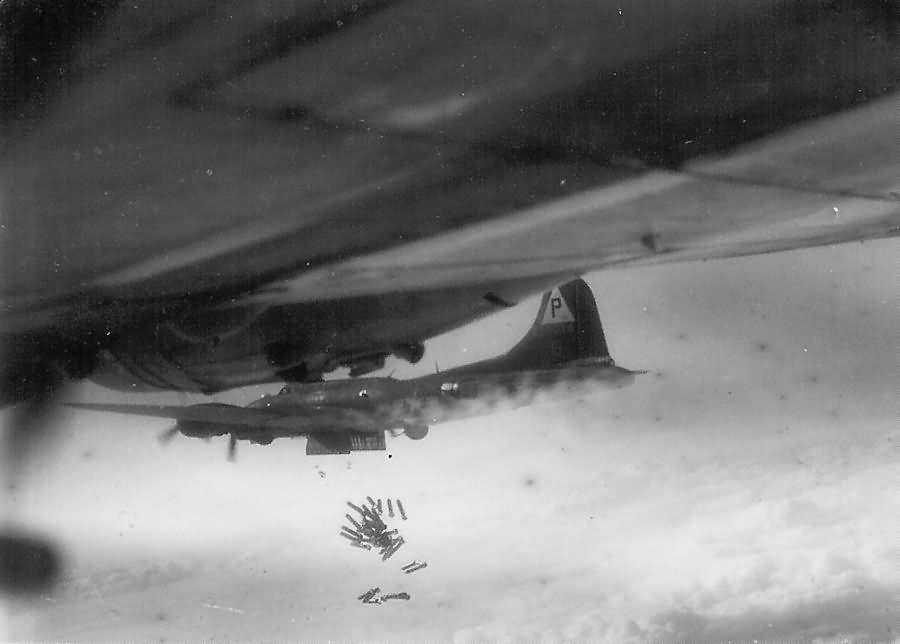

Col. Floyd Wood, Maj. Harry Wexler, and Lt. Frank Record, flying a Douglas A-20 “Havoc,” are the first to fly into the heart of a hurricane to obtain meteorological data.


VE Day: The war in Europe ends.
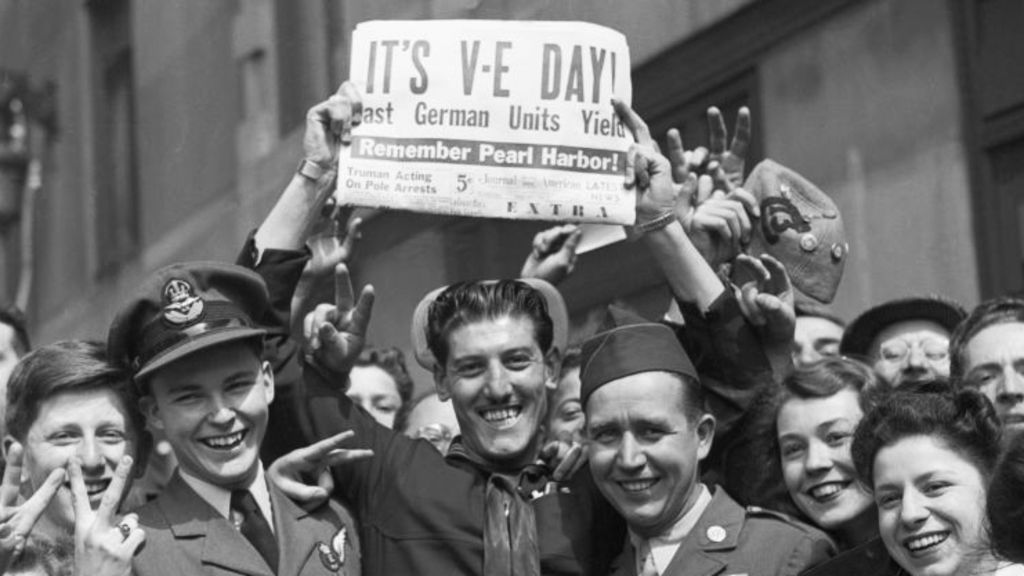

The “Little Boy” atomic bomb is dropped on Hiroshima, Japan, from the B-29 "Enola Gay," commanded by Col. Paul Tibbets, Jr.
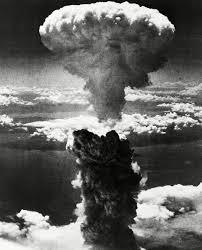

VJ Day: Japan signs the instrument of surrender on board the USS Missouri in Tokyo Bay, marking the end of World War II.
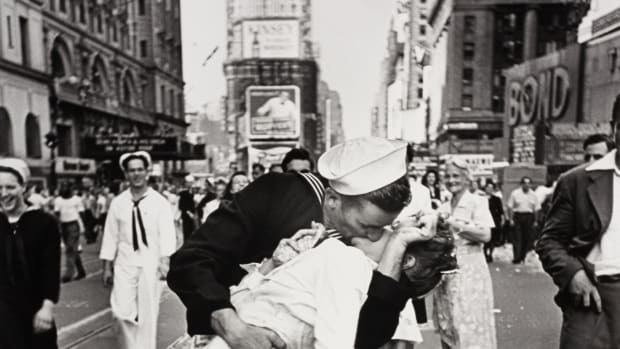

The birth of the United States Air Force. Stuart Symington becomes the first Secretary of the Air Force. Air activities transfered from the Army to the Air Force.


The first supersonic flight is made by Capt. Charles E. “Chuck” Yeager in the rocket-powered Bell XS-1 (later redesignated X-1) over Edwards AFB, California.


The Air Force announces a policy of racial integration – the first service to do so – well before President Harry Truman’s Executive Order on equal opportunity in July 1948.


The United States Air Force adopts blue uniforms.


The B-50A “Lucky Lady II” completes the first nonstop around-the-world flight: 23,452 miles in 94 hours, 1 minute.
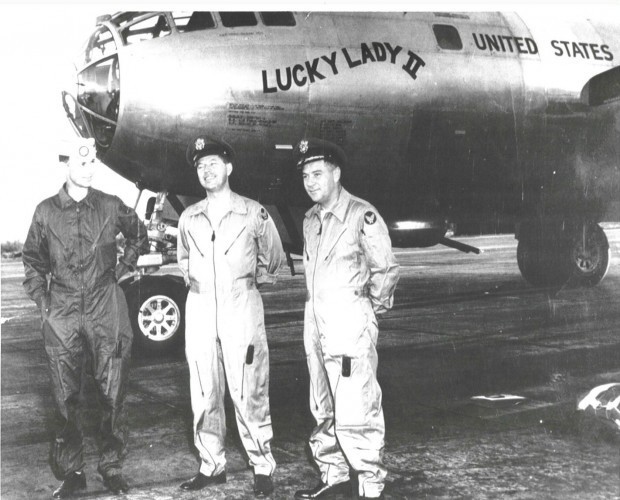

1st Lt. Russell Brown, Jr., in an F-80 “Shooting Star,” downs a MiG-15 in Korean War, the first all-jet aerial combat.


Capt. James Jabara (USAF) becomes the first jet “ace.”
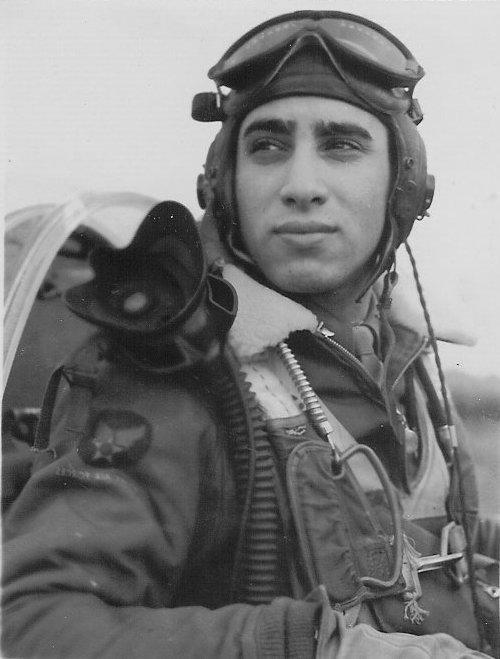

The Air Force makes the first successful recovery of animals from rocket flight when a monkey and 11 mice survive an Aerobee flight to an altitude of 236,000 feet.
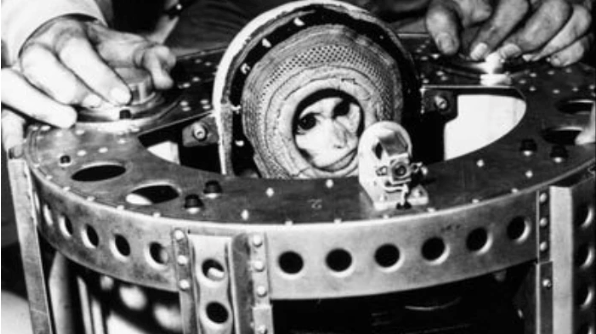

NACA test pilot Scott Crossfield becomes the first pilot to exceed Mach 2. His Douglas D-588-II Skyrocket research plane is dropped from a Navy P2B-1S (B-29) at an altitude of 32,000 feet over Edwards AFB, California.
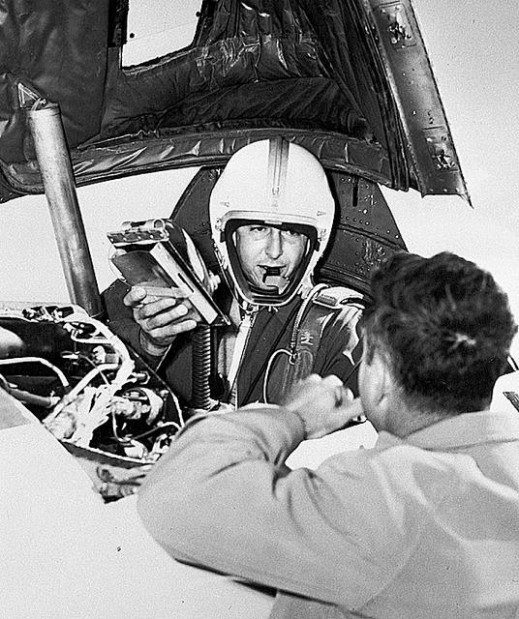

President Dwight D. Eisenhower signs into law a bill creating the United States Air Force Academy.
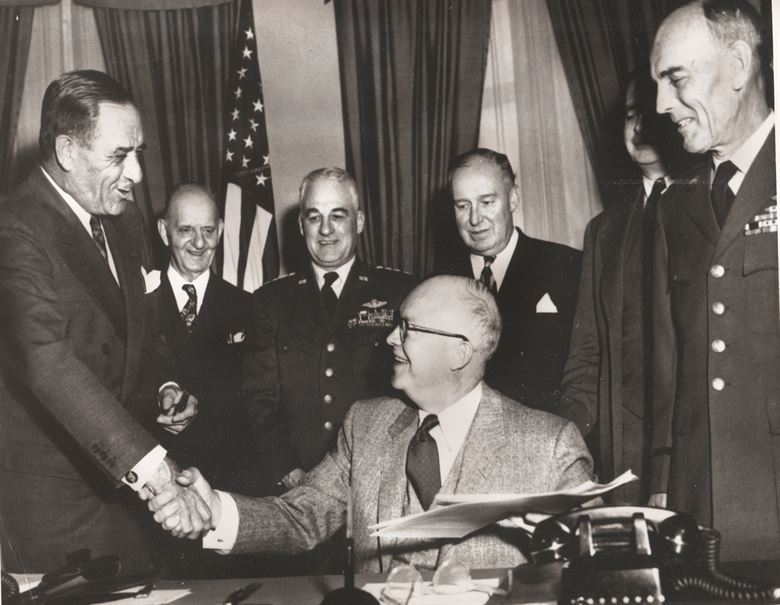

Commanded by USAF Maj. Gen. Archie Old, Jr., three Boeing B-52 Stratofortresses complete a 24,325-mile round-the-world non-stop flight in 45 hours, 19 minutes, with an average speed of 534 miles per hour. It is the first globe-circling nonstop flight by jet aircraft.


Explorer I, the first U.S. satellite, is launched by the Army at Cape Canaveral, Florida. The satellite is launched on a Jupiter-C rocket and will later play a key role in the discovery of the Van Allen radiation belt around the Earth.
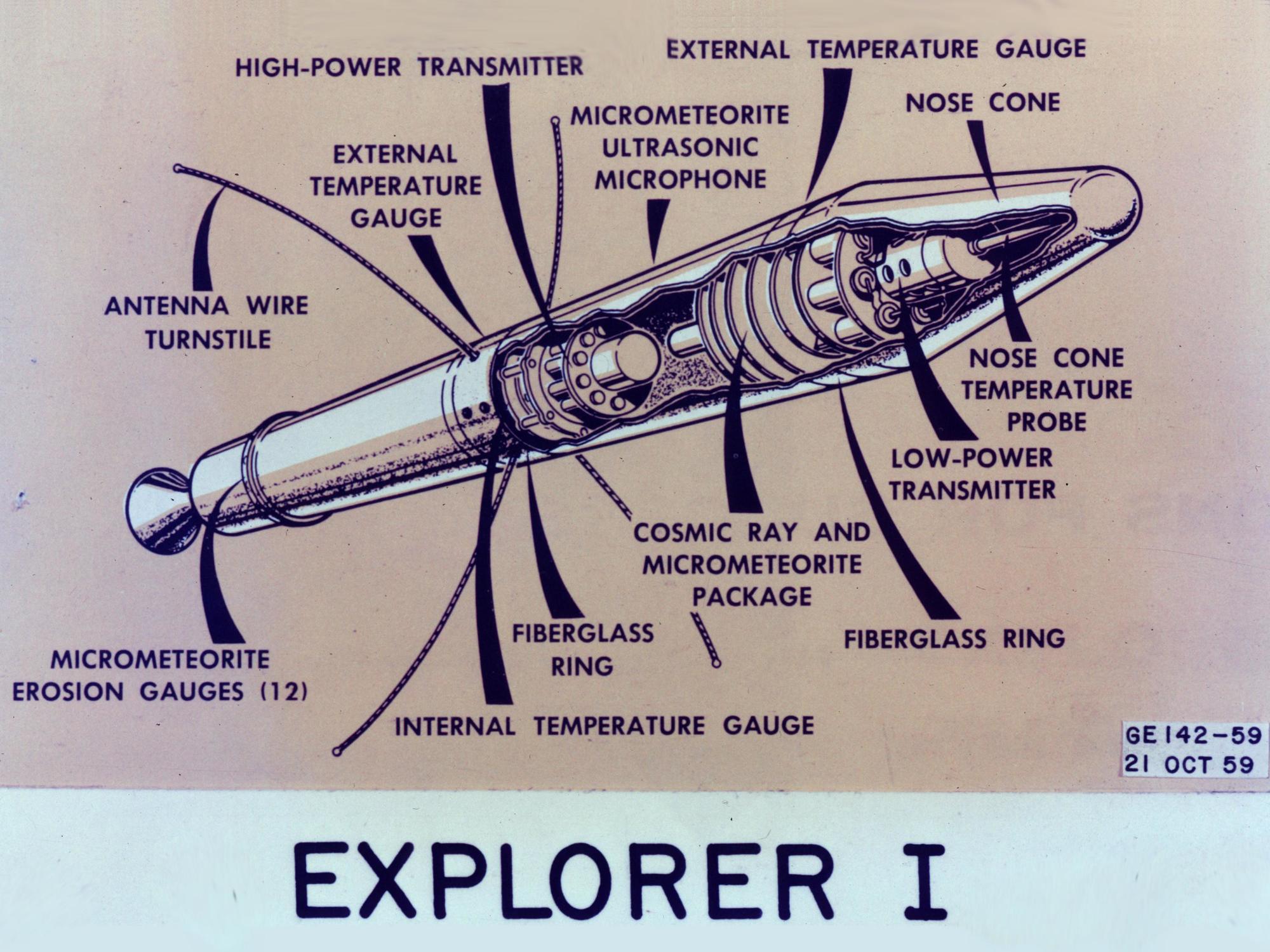

The Air Force successfully launches the Discoverer I satellite into polar orbit from Vandenberg AFB, California.
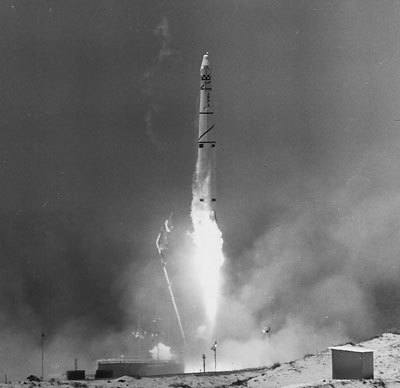

USAF Captain Joseph W. Kittinger, Jr., makes the highest parachute jump and longest free fall ever recorded. He steps from the gondola of a high-altitude balloon at 102,800 feet over Tularosa, New Mexico, and waits four and a half minutes before opening his parachute. He free-falls 84,700 feet, reaching a speed of 614 miles per hour. He lands unharmed 13 minutes and 45 seconds after jumping.


Alan Shepard becomes the first American to fly in space aboard the “Freedom 7” Mercury capsule on a 15-minute suborbital flight.

Major Clyde P. Evely sets a recognized class record for great circle distance without landing (jet aircraft) of 12,532.28 miles from Kadena AB, Okinawa, to Madrid, Spain, in a Boeing B-52H Stratofortress. The record still stands.

The Hughes Syncom III satellite is launched by a Thor-Delta launch vehicle. After several weeks of maneuvers, it becomes the world's first geosynchronous satellite.
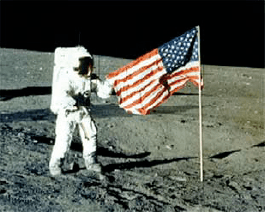

Mankind sets foot on the moon for the first time. At 10:56 PM EDT, Apollo 11 astronaut Neil Armstrong puts his left foot on the lunar surface. He and lunar module pilot Col. Edwin “Buzz” Aldrin, Jr., USAF, spend just under three hours walking on the moon. Command module pilot Lt. Col. Michael Collins, USAF, remains in orbit.
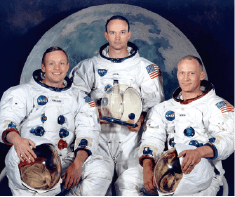

Jeanne M. Holm becomes the first female general officer in the Air Force.

Cease-fire agreements ending the war in Vietnam are signed in Paris.

USAF General Daniel “Chappie” James, Jr., becomes the first black officer to achieve four-star rank in the U.S. military.


The first test satellite in the Air Force’s Navstar Global Positioning System is launched into Earth orbit.

The United States Air Force Academy graduates its first female cadets. Ninety-seven women are commissioned as Second Lieutenants. Lt. Kathleen Conly graduates eighth in her class.


The space shuttle orbiter Columbia, the world’s first reusable manned space vehicle, makes its first flight with astronauts John Young and Robert Crippen aboard.

The first American woman to go into space, Sally K. Ride, is aboard Challenger on the seventh space shuttle mission (STS-7).


Captain Jacquelyn S. Parker becomes the first female pilot to graduate from the Air Force Test Pilot School at Edwards AFB, California.

The United States begins Operation Desert Shield, the large-scale movement of U.S. forces to the Middle East in response to Iraq's 2 August invasion of Kuwait and threat to Saudi Arabia.

War begins in the Persian Gulf. Operation Desert Shield becomes Operation Desert Storm. More than 1,200 combat sorties are flown, and 106 cruise missiles are launched against targets in Iraq and Kuwait during the first 14 hours of the operation.
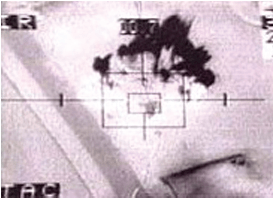

Lieutenant Jeannie Flynn, the first female selected for USAF combat pilot training, completes her F-15E training.


Air Force Space Command declares that the Global Positioning System (GPS) satellite constellation has achieved full operational capability.

Operation Provide Promise, the longest sustained humanitarian airlift in history, officially ends after delivering 160,536 metric tons of relief cargo to Bosnia-Herzegovina since July 1992. The U.S. Air Force flew 4,597 of the 12,895 sorties. On 9 January there was a commemorative final flight.


The United States Air Force celebrates its 50th anniversary.
TWO-PAGE FEDERAL RESUME MANDATE IS HERE!
All federal resumes must be no more than two (2) pages.